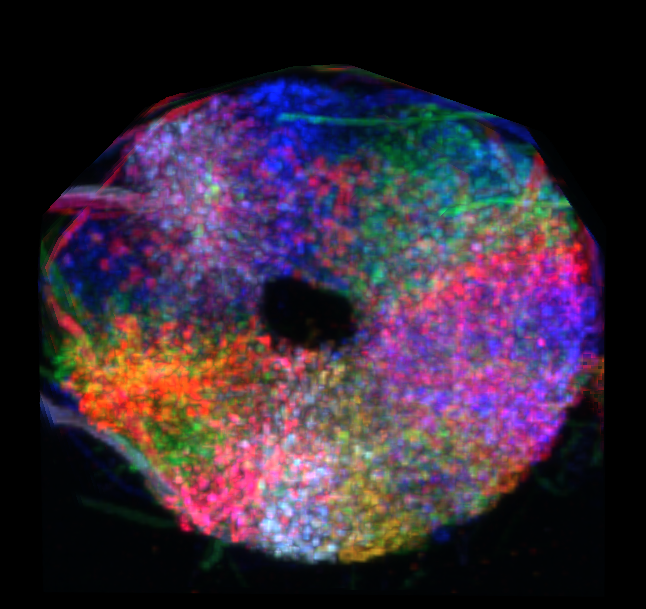Summary: The neurons that keep track of a fly’s position follow the rules of a ring attractor network, new research shows

The arbors of compass neurons in the ellipsoid body are labeled in different colors.
Credit: Tanya Wolff, Nirmala Iyer & Gerry Rubin.
If you slowly turn around with your eyes closed, chances are you’ll be able to keep track of which direction you’re facing. Neurons known as head-direction cells use a combination of past sensory knowledge and your own movement to calculate where you are, even in the absence of visual information.
But how does the brain generate these persistent internal representations? New research from Vivek Jayaraman, Shaul Druckmann and collaborators at the Janelia Research Campus in Ashburn, Virginia, outlines a potential mechanism. The findings show that in fruit flies, an internal sense of direction is maintained by what’s known as a ring attractor network.

